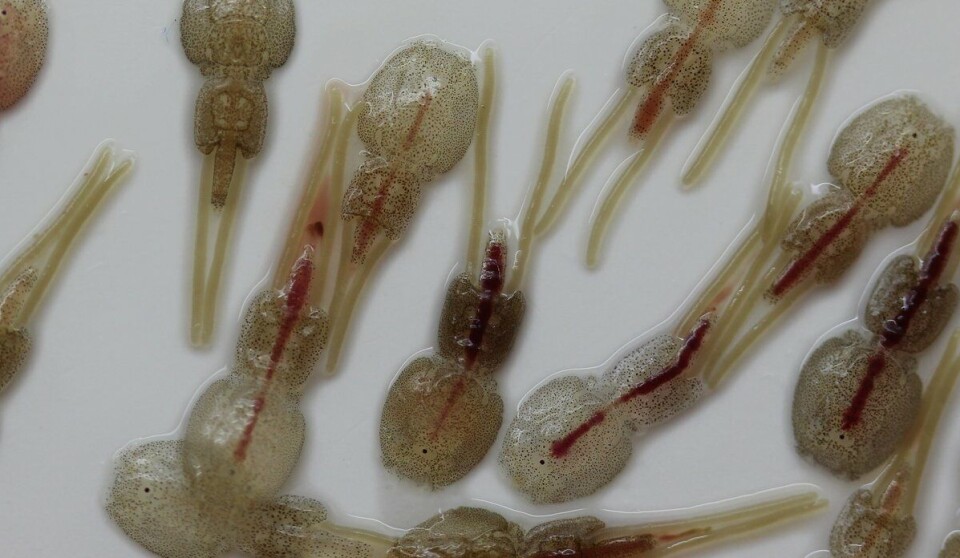
Study finds freshwater baths to be best delousing method
Freshwater baths are the most effective way to remove lice from salmon, but all handling involves risk for the fish, a project comparing delousing methods has concluded.
In the last ten years, the farming industry has taken steps away from meeting the salmon lice challenge with medicines, because lice were developing resistance to many of the most commonly used agents.
Today, three of the most important delousing methods are non-medicinal: thermal treatment, mechanical treatment, and freshwater treatment. These methods have not been systematically studied and compared until now, said Norway’s Institute of Marine Research (IMR).
“It’s our view that treatment with a freshwater bath, alone and combined with other methods, has the greatest delousing effect. The treatment removes most lice,” said project manager Samantha Bui.
The study also found that brackish water (ion-modified water) had a greater lice removal effect than normal sea water.
Handling matters most
The researchers obtained experimental data through tests in vessels, before in the next phase they systematised data from a production cycle at several commercial farms.
When farmed salmon are deloused using one of the three methods examined, they are first crowded together in the pen before being moved for treatment.

“One of our main findings is that the handling itself affects both the number of salmon lice and the welfare of the fish,” said Bui.
Both the procedural checks in the tank trial and the durability data from commercial delousing showed the same thing: the handling linked to the treatments was the biggest reason why fish had poorer welfare, rather than the treatment itself.
The only exception is the treatments that included a 34°C warm water bath, either as a standalone treatment or in combination. This warm water bath led to the worst welfare result.
The consequences for fish welfare were otherwise similar between the single and combination treatments.
Production trade-off
The study further found that when fish farmers choose delousing treatment, there is to a large extent a trade-off between production goals and the state of the fish.
“For fish they considered weak, they used more gentle methods. For fish they considered to be more robust, they preferred more risky treatments,” said Bui.
All forms of treatment entailed a risk of increased durability, but the risk increased least with treatments that did not require the fish to be moved to a wellboat.
The researchers also examined the tolerance of salmon lice larvae to temperature and low salinity, and to what extent these were changed by exposure. It can give insight into when and how often a method can be used.
Three strains were investigated and while their temperature tolerance levels were similar, significant differences in salinity tolerance levels between strains were found, although these were not consistent enough for the researchers to develop diagnostic markers for exposure and resilience.
Thus, although freshwater baths can be a beneficial delousing method - due to its effectiveness and fish welfare - careful consideration should be given to how often the method is used, in order to avoid salmon lice populations becoming resistant to low salinity.
Read the full study report here.























































